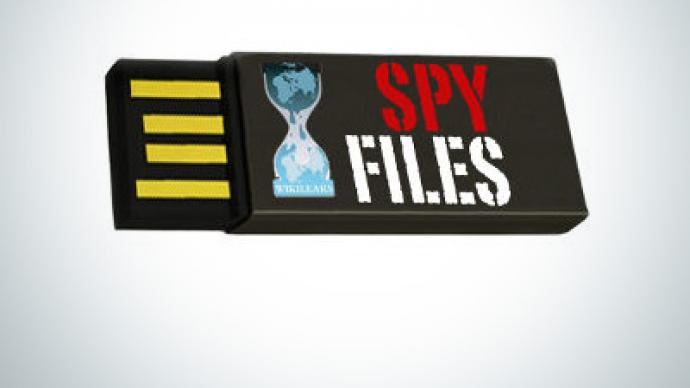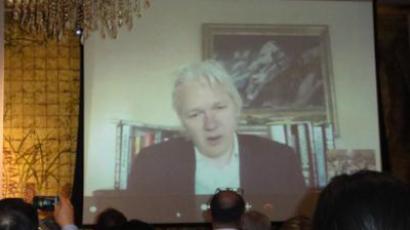The Spy Files: WikiLeaks releases surveillance docs

WikiLeaks has released the first portion of sensitive data revealing a new global surveillance and interception industry spanning 25 countries.
Site founder Julian Assange has held a press conference, revealing the secrets of the industry.The whistleblowing site has published some 287 documents from its huge database, collected from 160 international intelligence contractors. The database includes internal documents of such companies like Gamma corporation in the UK, Ipoque of Germany, Amesys and Vupen in France, VASTech in South Africa, ZTE Corp in China, Phoenexia in the Czech Republic, SS8 and Blue Coat in the US, among others.And this was only the first step of the WikiLeaks Spy Files project, established to expose companies, which are making billions of dollars selling sophisticated tracking and surveillance tools. They published an interactive map of surveillance companies operating around the globe.The industry is completely unregulated and modern technology created by commercial companies in developed nations can easily find their way to any country of the world.According to the leaked data, the devices produced by British, French, South African, and Chinese corporation were used by the regimes of Mubarak in Egypt and Gaddafi in Libya to track and monitor every move of those states’ citizens.
“Intelligence agencies, military forces and police authorities are able to silently, and on mass, and secretly intercept calls and take over computers without the help or knowledge of the telecommunication providers ,” says the statement on the official WikiLeaks Spy Files sites. “Users’ physical location can be tracked if they are carrying a mobile phone, even if it is only on stand by.”
The pieces of software created by surveillance companies are capable of hijacking personal computers and popular mobile phones, including those with Android, iOS, and Blackberry operating systems.Another branch of the industry is voice recognition tools, which help identify and track down individual by his unique “voiceprint”. The CIA is believed to be using those tools for analyzing the voice data collected by Predator drones in the Middle East and identifying the exact location of most wanted individuals.In the new reality there is no need for intelligence services to focus on tracking down an individual person of interest. They have access to relevant sensitive information about any person in whom they may become interested in the future.
Declassified documents are available on the project's official website.














